People often ask us if the elephants can tell that Khanyisa is an albino.
There will always be things about elephants, even the rescued and orphan elephants in our care and protection, that we do not know. But we try in our limited human ways to understand as best we can, by comparing and studying different situations and behaviours among the herd.
The way the herd greeted, visited, accepted and ultimately have integrated with Khanyisa, the albino orphan calf who is currently spending nights at the orphanage, appeared no different to the process with Timisa and Kumbura, two other orphans now fully a part of the Jabulani herd.
Timisa and Kumbura are not albino, but they are originally from totally different blood lines.
In 2009, due to a new fence being erected on a privately owned farm over the Limpopo River, an elephant herd had been displaced and was moving through the farms bordering the river. Kumbura was seen wandering on land close to lodges and campsites, on the border of Botswana and South Africa. She had been alone for an estimated three months, with no herd or mother to provide milk. She managed to sustain herself on the vegetation but her health had extremely deteriorated. She could barely walk. We believe Kumbura to have been under one year of age when she was found.
On 19 November, 2016, Timisa was found alone in the Kruger National Park, following a drought we believe to have killed her mother, about two weeks before Timisa was rescued. She was about one and a half years of age. Timisa was incredibly small and weak when she arrived, weighing in at just 216kg at about 18 months old. Her weight gains were slow in the beginning, but thankfully she hadn’t been alone in the wilderness for too long before being discovered, which gave her a much better chance at survival.
Kumbura’s health had to improve before she could be integrated into the herd, but the elephants showed plenty of interest in her. She stayed at the homestead while the herd were walking in the reserve, and continued to recover over the months. Elephant Manager, Tigere says, “I believe that because we had some young elephants of her age, she was able to bond with them and receive a lot of the comfort she needed during those dark moments of her life.”
Kumbura then started accompanying the rest of the herd in the bush and she began to gain confidence as she realised she had a new family. Apart from all the females who offered her their support, Sebakwe, the dominant bull, also played a major role in comforting Kumbura. There were many moments when she tried to suckle from Sebakwe, but this was obviously in vain as Sebakwe is a bull. Even though all the females had calves, they couldn’t let her suckle from them – having to provide for their calves first and foremost and prepare for new babies in the future. Luckily, Kumbura could feed on her own and she soon settled into the herd completely.
Similarly, Timisa was welcomed as one of the herd’s own. She was immediately introduced to the herd since she didn’t need rehabilitation. The introduction to the herd was a heart-warming sight, as the elephants trumpeted and surrounded her in a protective circle instantly. Fishan was the first to accept her, followed by Tokwe. Soon the whole herd rallied around the little orphan in their welcoming embrace. Tokwe, the herd matriarch, took Timisa under her trunk and became her adoptive mother, providing love and lessons on how to be an elephant.
Khanyisa Braveheart
Khanyisa only arrived at HERD at four months of age in January 2020, and needed much more rehabilitation, not only due to her severe snare wounds but also her more fragile state as a traumatised, very young and milk-dependent calf. Her milk formula has needed to be adjusted frequently over the months to accommodate her changes, just as her mother’s milk would have naturally changed to meet her needs. But her acceptance into the herd has been just like that of Kumbura and Timisa as well as the first orphan, Jabulani, if we look back to 2002, when Tokwe and the herd took Jabulani in with open arms – or trunks.
Allmothers & Friendly Bulls…
Jabulani was the first to visit Khanyisa frequently at the fence between the wilderness and homestead and the orphanage. Since Tokwe had several mothering duties to oversee as a mother to two, adoptive mother to two, and a matriarch, we encouraged Lundi to become the adoptive mother to Khanyisa and took Khanyisa to meet with the female several times, trunk to trunk. From the very beginning, Lundi put her front leg forward and invited Khanyisa to latch onto her teat, as if to suckle and breastfeed. It was an incredible sight and show of acceptance, and Khanyisa repeated this suckling with the other females she felt close to – like Bubi, Tokwe. Limpopo tried but was not very good at it, as she was still young and discovering herself as an allomother. Every female rallied around Khanyisa and offered her attention, and a sense of belonging as the calf began to spend more and more time with this new family.
Besides Jabulani, who remained like a big brother to Khanyisa, the other bulls also gave her support and brought her into their circle – especially Fishan, with Sebakwe also showing interest. Khanyisa continues to follow adoptive mother Lundi everywhere, while out walking in the bush each day, or swimming in the dam, but as always… it takes a herd, and various other allomothers and elephants step in to help protect and comfort Khanyisa.
The most amazing show of this has come from fellow orphan, Kumbura, who reacted to Timisa in the same way when the orphan was first rescued and integrated. Kumbura has showered both young elephants with attention, making it her duty to protect them from the horrors she has known. She is so innately caring and a selfless guardian to them both. What makes the entire herd so special is that they are all either orphans or elephants born to orphans – thereby creating one big blended herd.
Before the original herd was rescued in Zimbabwe, they were much more individuals than a cohesive, bonded herd, working together and forming deep social structures. As they settled into their new lives, in 2002, spending sunrise to sunset out roaming, foraging, bonding, playing, learning, and swimming in their new home, and staying together in the protected homestead overnight, they have become a genuine herd. Their dynamics are just like that of other wild herds, except that this herd includes older males and the bulls help to protect the herd, and even look after the younger orphans, in the case of Fishan, Jabulani and Sebakwe.
And it’s not only with the orphans… Sebakwe is very close to Klaserie, since he and Klaserie’s mother, Setombe have a tight bond. Fishan helps Tokwe with matriarch duties, like Lundi, attending to the protection and monitoring of all the youngsters: including Limpopo, Zindoga, Mambo, Klaserie and Pisa.
Personality plays a big role…
We see Setombe being much less hands-on in terms of allomothering when it comes to others, but she has still accepted the members of her new family. She plays more of a disciplinarian role, compared to other cows. Bubi has bonded deeply with Khanyisa too and typically shows Timisa it is time to grow up, as there is a new youngest member in the herd. Many of the antics shown in the herd’s dynamics are typical to wild herds, but even more: they show that everyone is treated the same overall. All new orphans have been welcomed the same, with certain members in the herd stepping forward at different times or more than others. Everyone helps to accept and raise orphans in need, or simply new calves born to the family.
We’ve never seen Khanyisa being treated differently because she is an albino, but we don’t doubt that with elephants’ extreme intelligence they may notice she is somewhat different in appearance – lacking pigment in her skin, hair and eyes. It is natural in a herd to stand over the youngest members, to protect them from the elements and exposure to threats and the herd have done this with all the calves in their family.
We have read that some elephant herds turn albinos born to them away because their “colouring” makes them stand out or because they may be weaker, due to risk of blindness from having more sensitive eyes, which threatens the herd. But we have never seen this nor read of actual accounts where this has happened. There are two wild albino females in our reserve and we have watched both attentively over the years to monitor their development. Both are firm members of their herds, seemingly treated no differently. One of these albino cows has her own calf who is non-albino, and like its mother, is developing perfectly. Since very little research has been done into albinism in elephants, we are using these two cows as examples while monitoring Khanyisa’s development and dynamics in the herd.
It seems that as much as one may expect these animals to treat each other differently because of a difference in colouring or bloodline, it doesn’t appear to be the case at all.
Khanyisa has been accepted as any other calf. There are times when our differences need to be paid attention to – in the wild, elephants naturally apply sunscreen to their skin in the form of mud and sand, and the herd does this daily. This helps to protect Khanyisa’s sensitive albino skin, while she also slightly closes her eyes in the bright light, opening them, however, perfectly in the shade or dim light. She has naturally adapted her behaviour to suit her needs, which is typical in nature, as a matter of comfort and survival. Elephants rely on their eyesight far less than their other senses such as smell, hearing and touch and that extra sense organ – the Jacobson’s organ that allows chemical messages to be deciphered in the mouth. Khanyisa will always have a herd to guide her, but she is showing growing confidence and independence in caring for herself, from feeding to mud-bathing.
Other times differences need to be tended to are in the case of an impairment – such as with Fishan and his leg. Having healed from his 2018 fracture, he still has a slight limp and less strength in the healed leg. Over the months since his recovery, he walked a bit slower than the other elephants, but the herd adjusted to make sure he wasn’t left behind. Our carers were also there to help and guide Fishan. We’ll never forget one day when Fishan did get left behind, and the herd began to trumpet once they realised, calling out to him and waiting for the bull to catch up and rejoin his family. While some of the bulls took advantage of Fishan’s weakness, the cows like Tokwe rallied around him for support.
Elephants certainly notice some differences, but how much they notice we will never know.
We can only go on what we witness, rather than what we expect, and may notice times when the norm has exceptions. As far as Khanyisa and her place in the herd is concerned, the amount of attention and protection she is given is typical for any young calf, and we’re grateful for it. Elephants are incredible demonstrations of family dynamics, and caring for the young and the weak, while protecting the unit and raising new strong members. We’re still learning with each month that passes, but watching the social bonds deepening or changing reveals so much in terms of typical elephant behaviour but also what elephants are capable of.


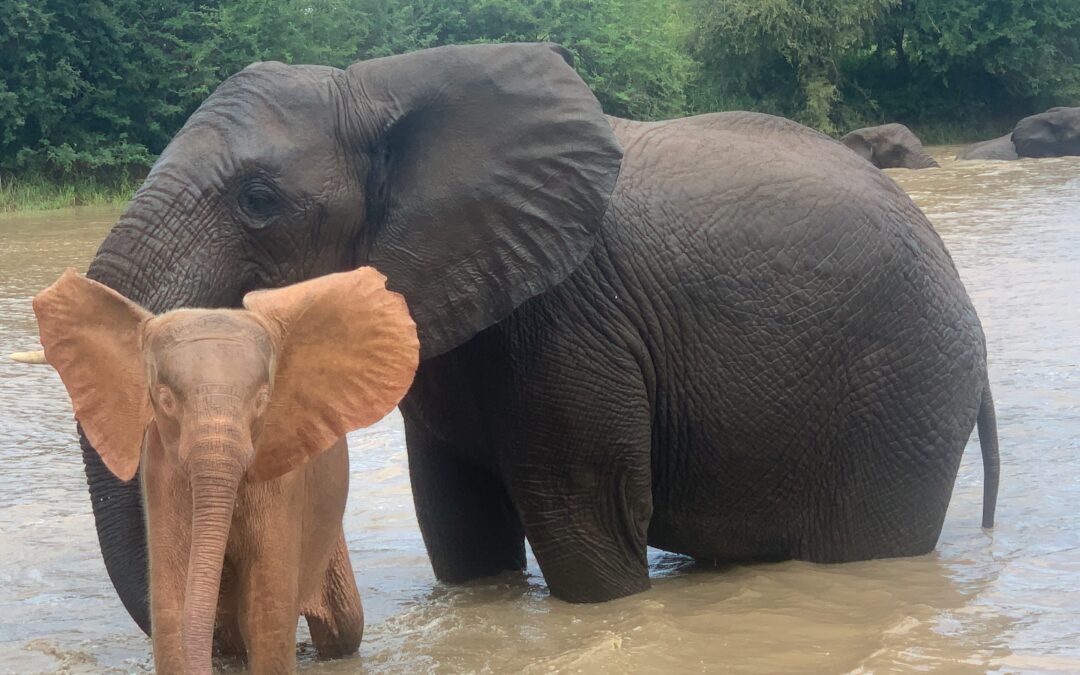
 Comment
Comment

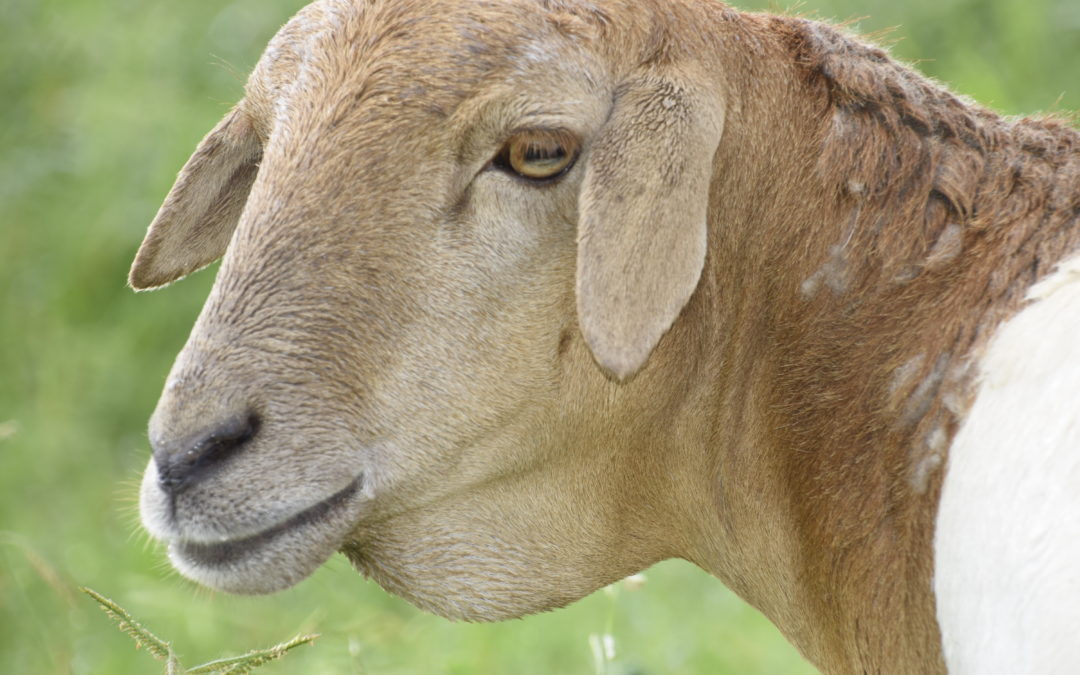
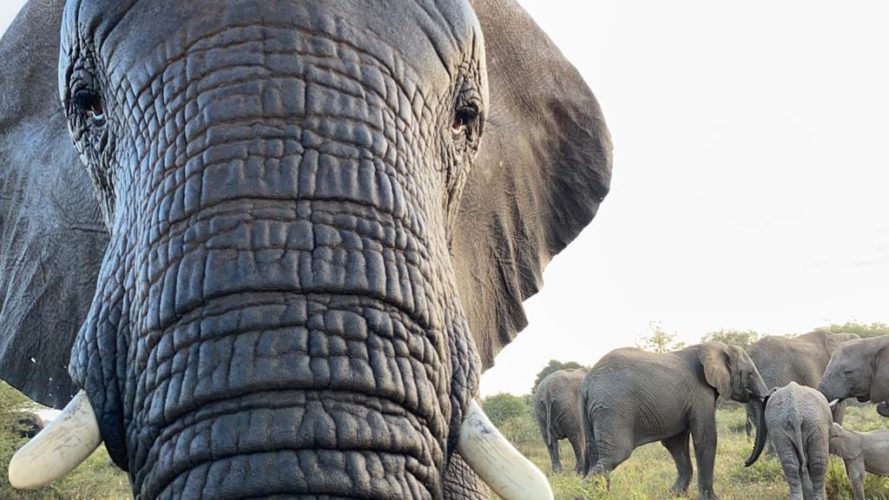



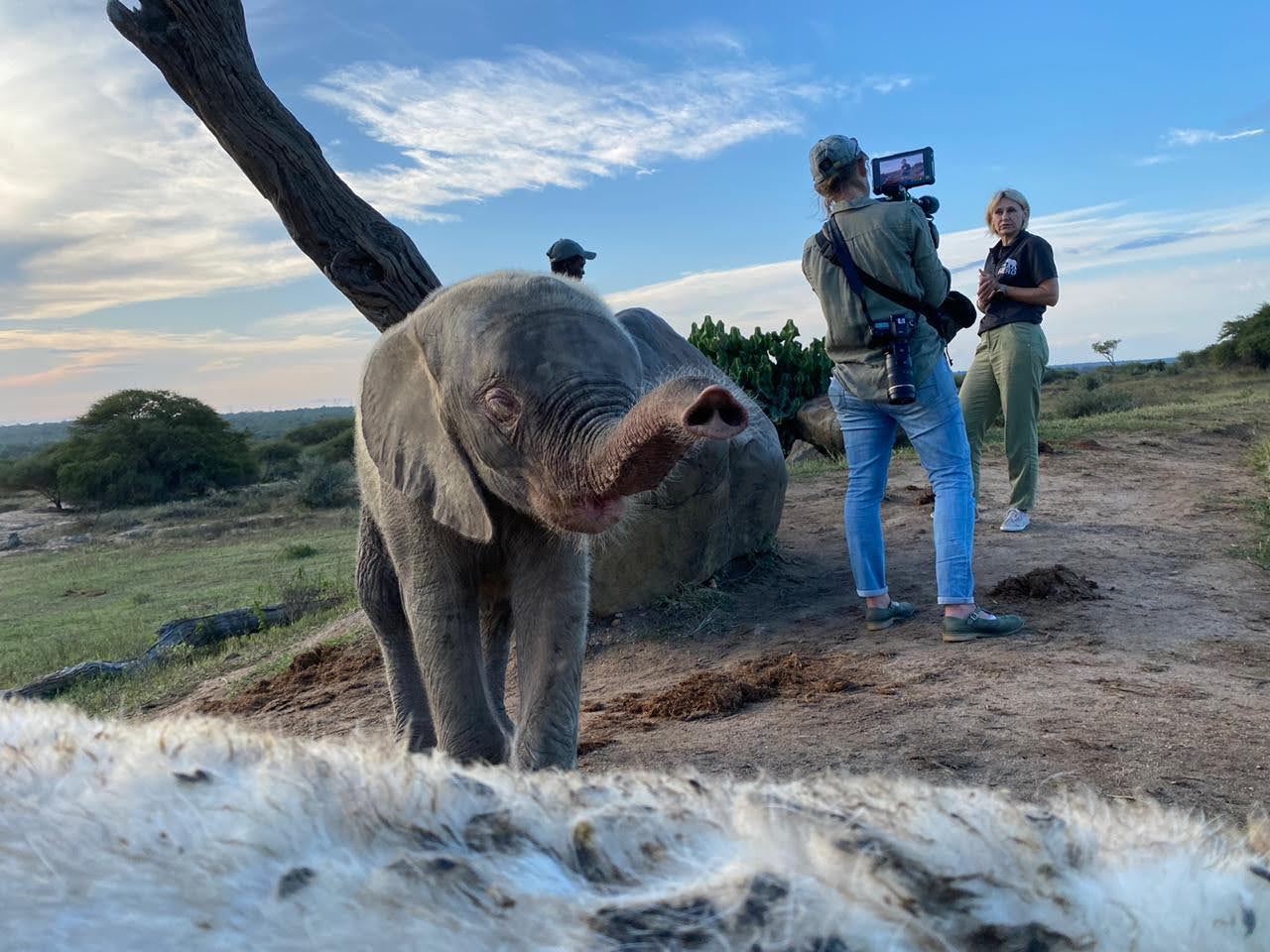
Beautiful read. Thank you
I’ve been learning through your sites about these incredible elephants and your dedication to their well being. It’s inspiring and amazing and fun. Do you have a chart or spreadsheet that lists information about each of them? Rank in herd, identifying features, weight, height, when they arrived and from where, approximate birthdate/age. Special individual notes…? I won’t have the funds to ever see them there but my heart has been captured! Thank you.
Can you describe noticeable differences of each elephant Such as ear or tail or height. Something that can help me differentiate each elephant.
Thank you for all you do. Wish I was there I will save this to reread often
Sincerely Motorcity elder👍🏿
We certainly will do so soon! Thank you for caring and reading!